10 Underrated Masterpieces of Indian Cinema
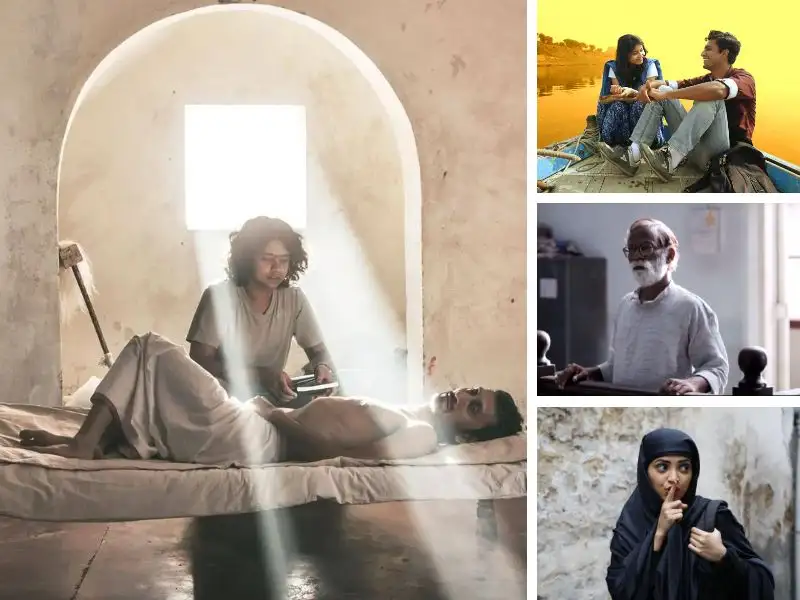
Indian cinema, also known as Bollywood, has produced numerous iconic films that have gained international recognition. However, there are several hidden gems in Indian cinema that have not received the recognition they deserve. These underrated masterpieces showcase the incredible talent and creativity of Indian filmmakers.
Hidden Gems: 10 Most Underrated Masterpieces of Indian Cinema
A Death in the Gunj (2016)
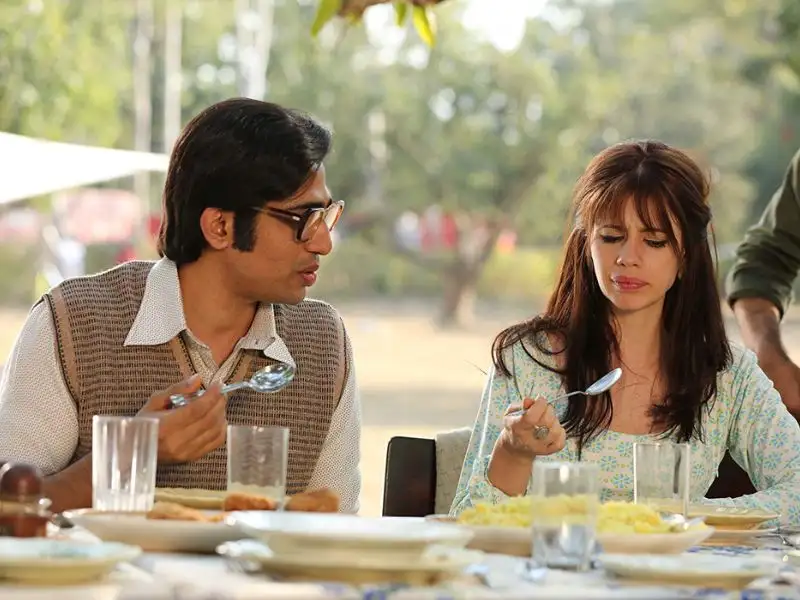
Directed by Konkona Sen Sharma, “A Death in the Gunj” is a psychological thriller set in 1979. The film follows a young man named Shutu, who joins his family on a vacation in a small town. Through its atmospheric storytelling and brilliant performances, the film delves into themes of isolation, masculinity, and the complexities of human relationships.
Ship of Theseus (2012)
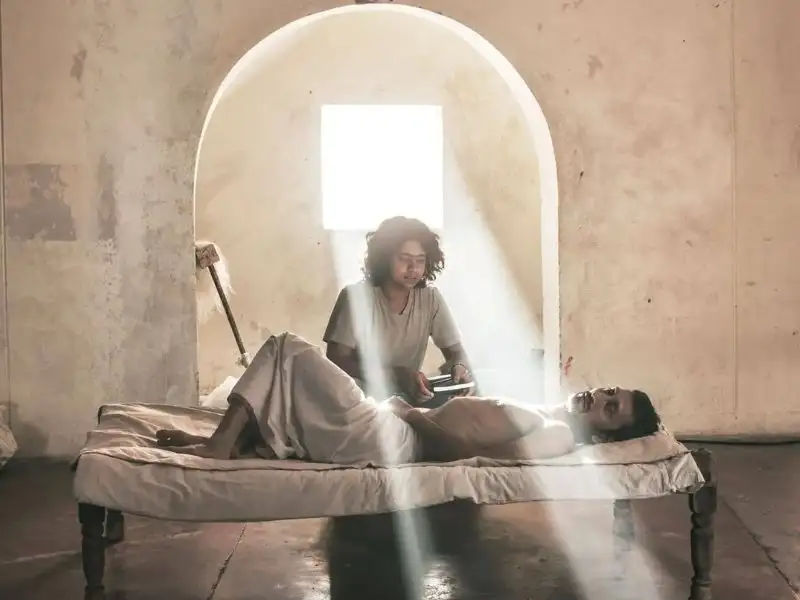
“Ship of Theseus,” directed by Anand Gandhi, is a thought-provoking film that explores the concept of identity and the interconnectedness of life. The film tells three different stories that are linked by the philosophical question of whether an object that has had all its parts replaced remains fundamentally the same.
Masaan (2015)
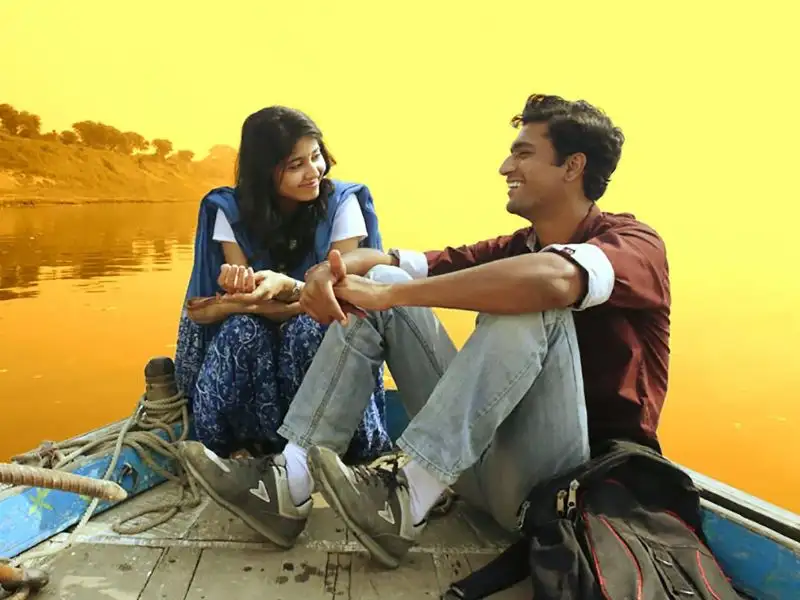
Set in the holy city of Varanasi, “Masaan,” directed by Neeraj Ghaywan, is a poignant drama that weaves together multiple narratives. The film tackles themes of love, loss, and the clash between tradition and modernity. With its powerful performances and evocative storytelling, “Masaan” leaves a lasting impact on the viewer.
Court (2014)
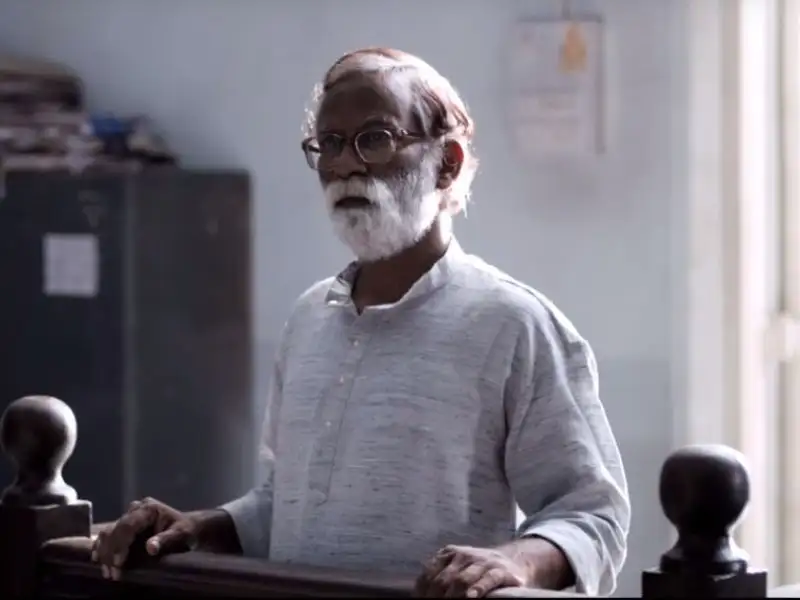
“Court,” directed by Chaitanya Tamhane, is a courtroom drama that offers a scathing critique of the Indian judicial system. The film follows the trial of a folk singer who is accused of inciting a manhole worker to commit suicide through his lyrics. Through its realistic portrayal and sharp social commentary, “Court” exposes the flaws and biases within the legal system.
Lipstick Under My Burkha (2016)
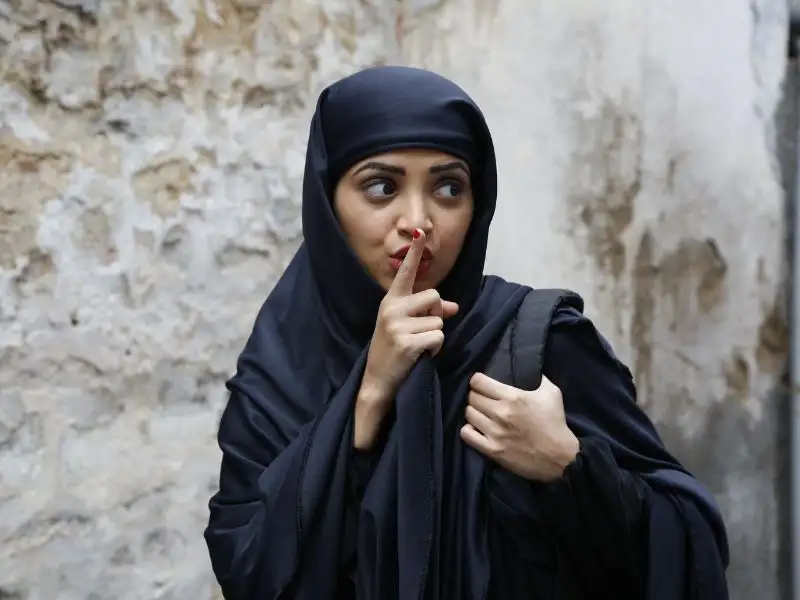
Directed by Alankrita Shrivastava, “Lipstick Under My Burkha” is a bold and unapologetic exploration of the lives of four women in a small town in India. The film challenges societal norms and taboos surrounding female sexuality and desires. With its strong performances and compelling storytelling, “Lipstick Under My Burkha” is a powerful feminist statement.
Aruvi (2016)
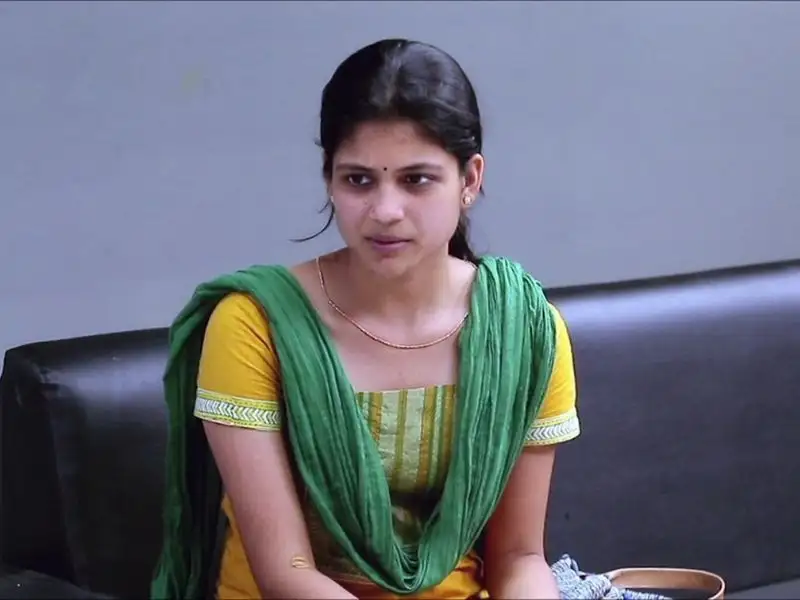
“Aruvi,” directed by Arun Prabu Purushothaman, is a Tamil-language film that tells the story of a young woman named Aruvi. The film explores themes of societal hypocrisy, media manipulation, and the resilience of the human spirit. With its unconventional narrative structure and brilliant performances, “Aruvi” is a must-watch.
Thithi (2015)
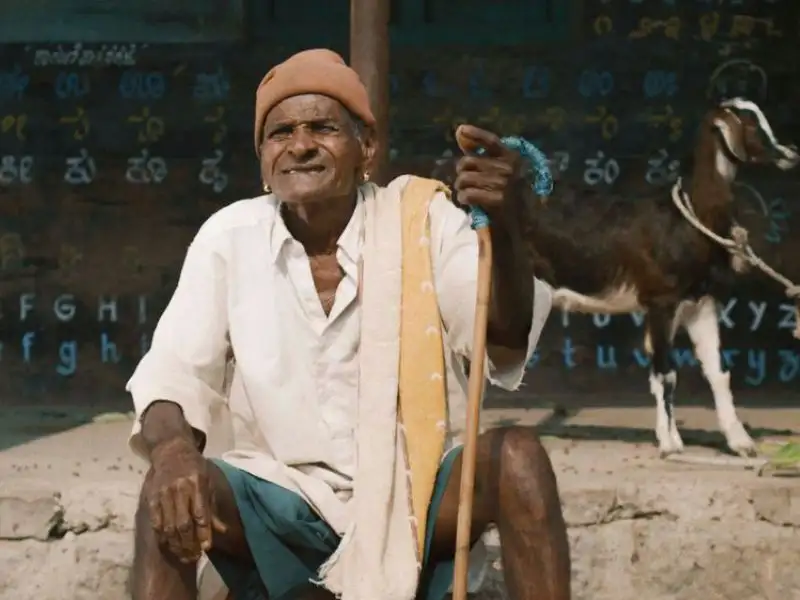
“Thithi,” directed by Raam Reddy, is a Kannada-language film that takes a humorous and heartwarming look at three generations of a family in a remote village. The film captures the essence of rural life in India and showcases the dynamics between different generations. With its naturalistic performances and authentic storytelling, “Thithi” is a delightful watch.
Talvar (2015)
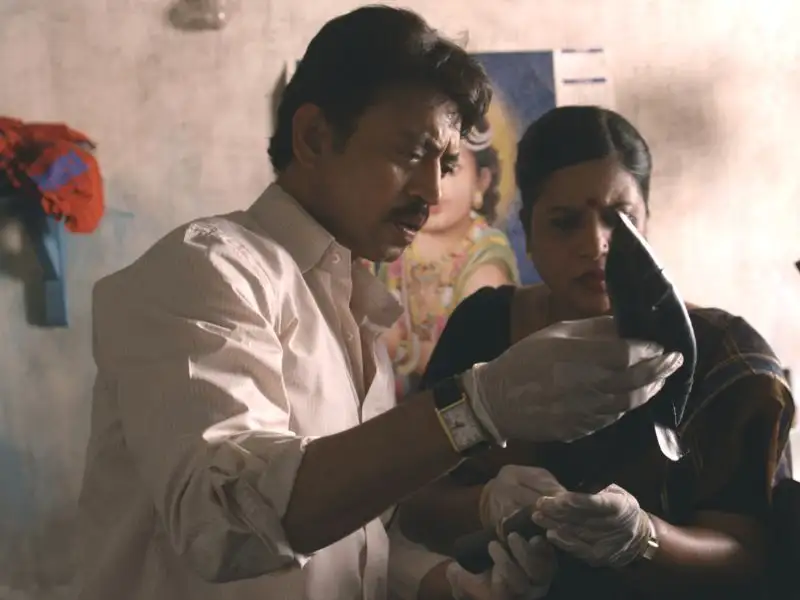
“Talvar,” directed by Meghna Gulzar, is a gripping crime drama based on the infamous Noida double murder case. The film offers multiple perspectives on the case, highlighting the flaws and biases within the investigation and judicial process. With its realistic portrayal and compelling performances, “Talvar” keeps the audience on the edge of their seats.
Killa (2014)
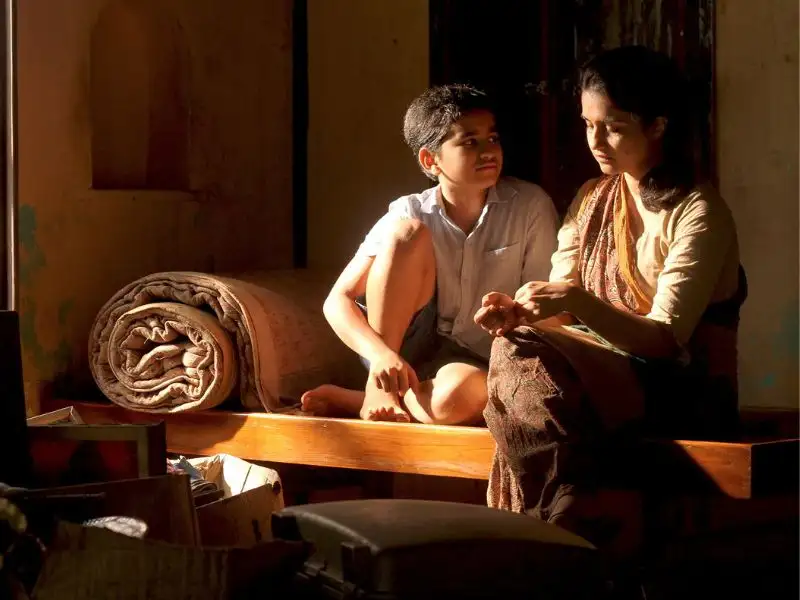
“Killa,” directed by Avinash Arun, is a Marathi-language coming-of-age film that follows a young boy named Chinmay who moves to a new town after his father’s death. The film beautifully captures the emotions and challenges faced by Chinmay as he navigates his way through adolescence. With its sensitive storytelling and natural performances, “Killa” is a gem of Indian cinema.
Udaan (2010)
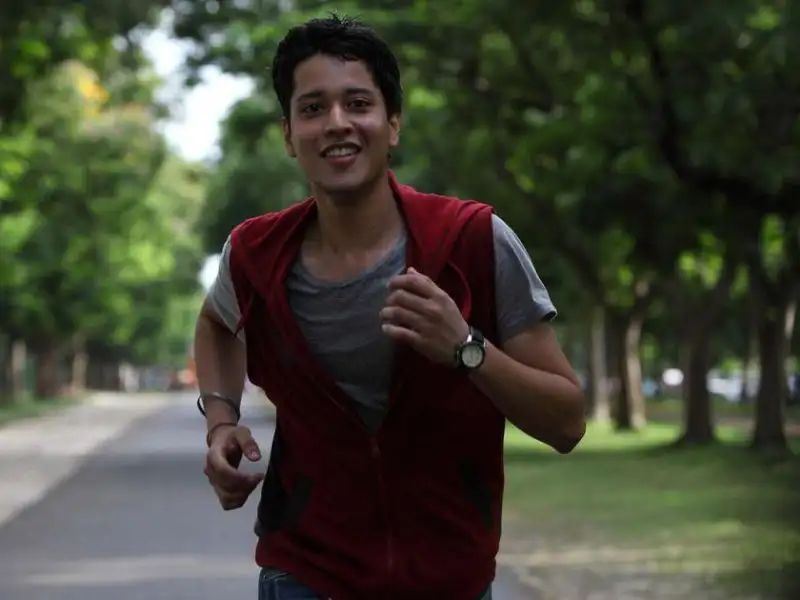
Directed by Vikramaditya Motwane, “Udaan” is a coming-of-age drama that tells the story of a teenager named Rohan who dreams of becoming a writer. The film explores themes of family, rebellion, and the pursuit of one’s passion. With its realistic performances and heartfelt storytelling, “Udaan” strikes a chord with the audience.





